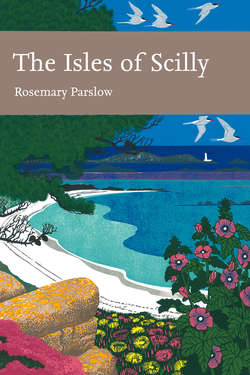Читать книгу The Isles of Scilly - Rosemary Parslow - Страница 16
THE UNIQUENESS OF THE SCILLONIAN FAUNA AND FLORA
ОглавлениеWe will see in later chapters that the Isles of Scilly aptly demonstrate the phenomenon of island biogeography. In all groups of flora and fauna there is a paucity of species compared with Cornwall, and this is a theme to which we will return. This paucity is readily attributed to the distance from the mainland, the much smaller land area and the limited range of habitats compared with those in Cornwall, with no rivers, only a few tiny streams, no acidic mires (bogs) and only granitic bedrock, with none of the slates, serpentinite and other rock types of the mainland. Widespread exposure of habitats on the Isles of Scilly may also account for the absence of some species that are susceptible to wind-blown salt spray. For example there are currently about 217 bryophyte species (57 liverworts, 3 hornworts, 157 mosses). Of these, six liverworts and five mosses are species introduced in Britain. Compared with Cornwall the total bryophyte flora is much poorer, with only about 36 per cent of the overall Cornish total of 167 liverworts (including hornworts) and 37 per cent of the total of 430 mosses. Scarcity of basic soils on the Isles of Scilly may also account for the absence of some other species common in Cornwall.
The number of species of land birds in Scilly is also small. Visitors to the islands are usually surprised to find many common passerines, let alone owls and woodpeckers, missing or in very low numbers. Equally the very confiding nature of blackbirds Turdus merula and song thrushes T. philomelos will soon be remarked on. The Isles of Scilly have hardly any land mammals, and no predators such as foxes Vulpes vulpes or stoats Mustela erminea. There are no snakes and very few resident species of butterflies or dragonflies; this is common for all groups. But on the other hand there are species that are only found in Scilly, such as the Scilly shrew Crocidura suaveolens cassiteridum, several rare lichens and many other examples of interesting and uncommon species.
